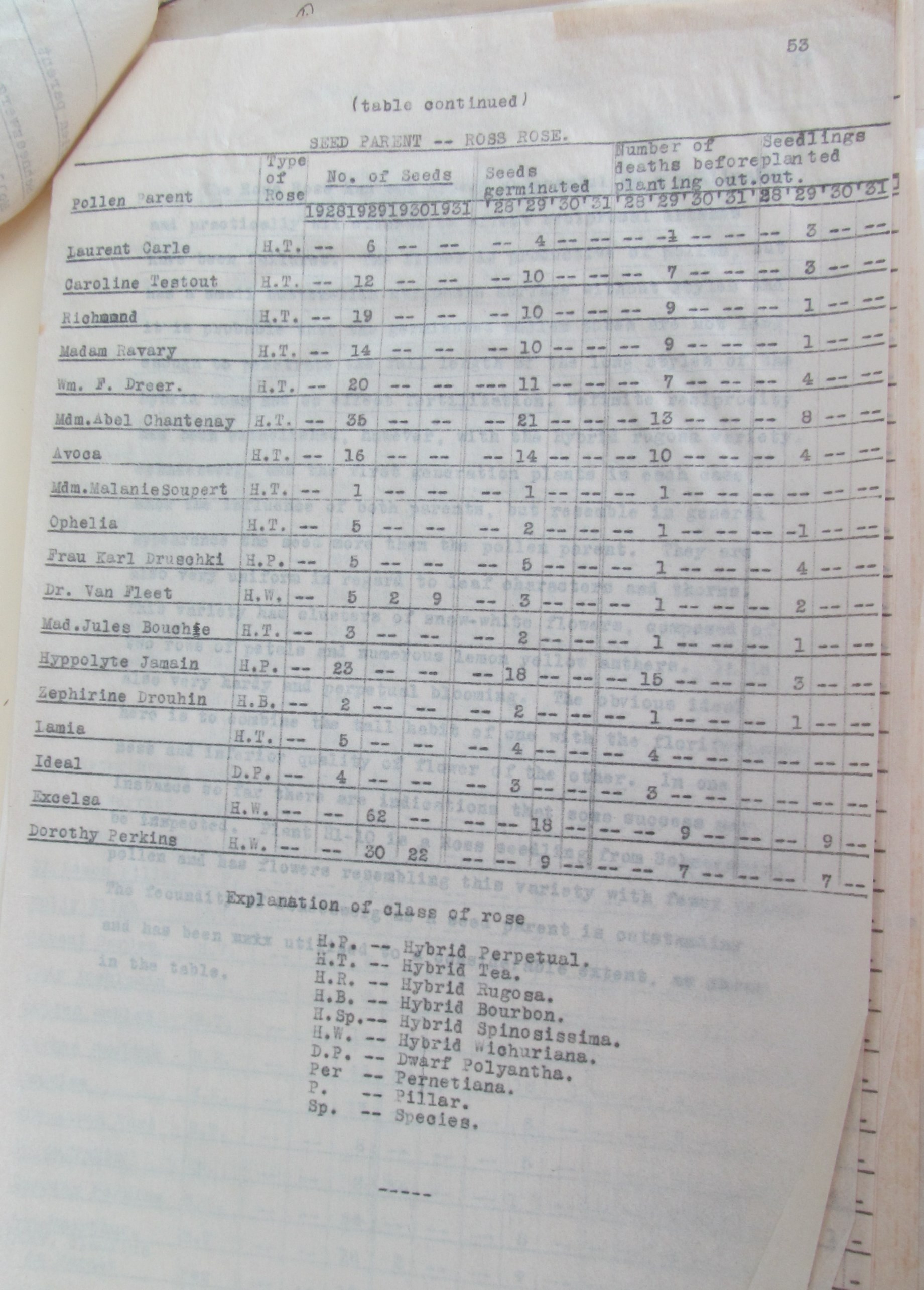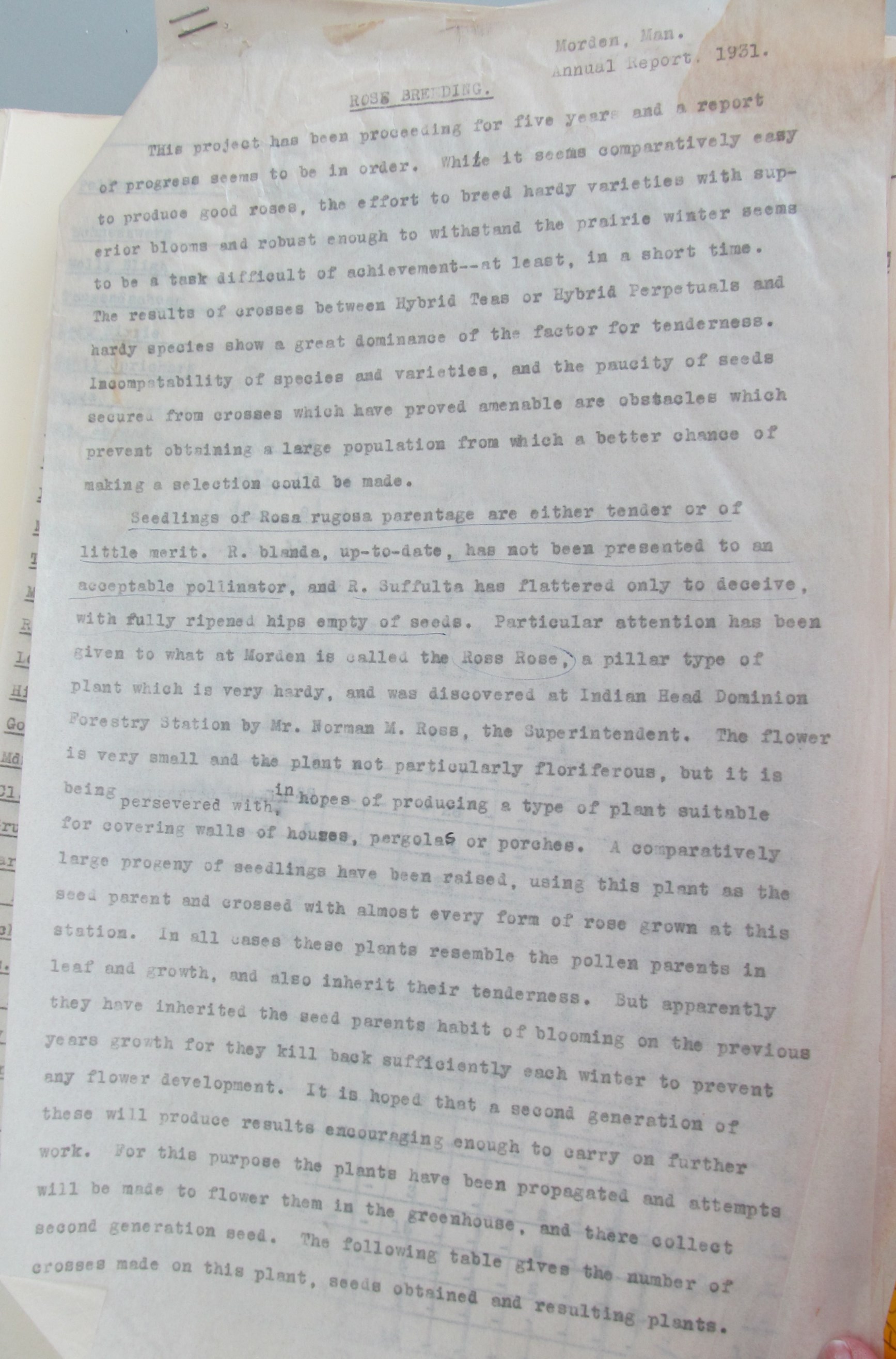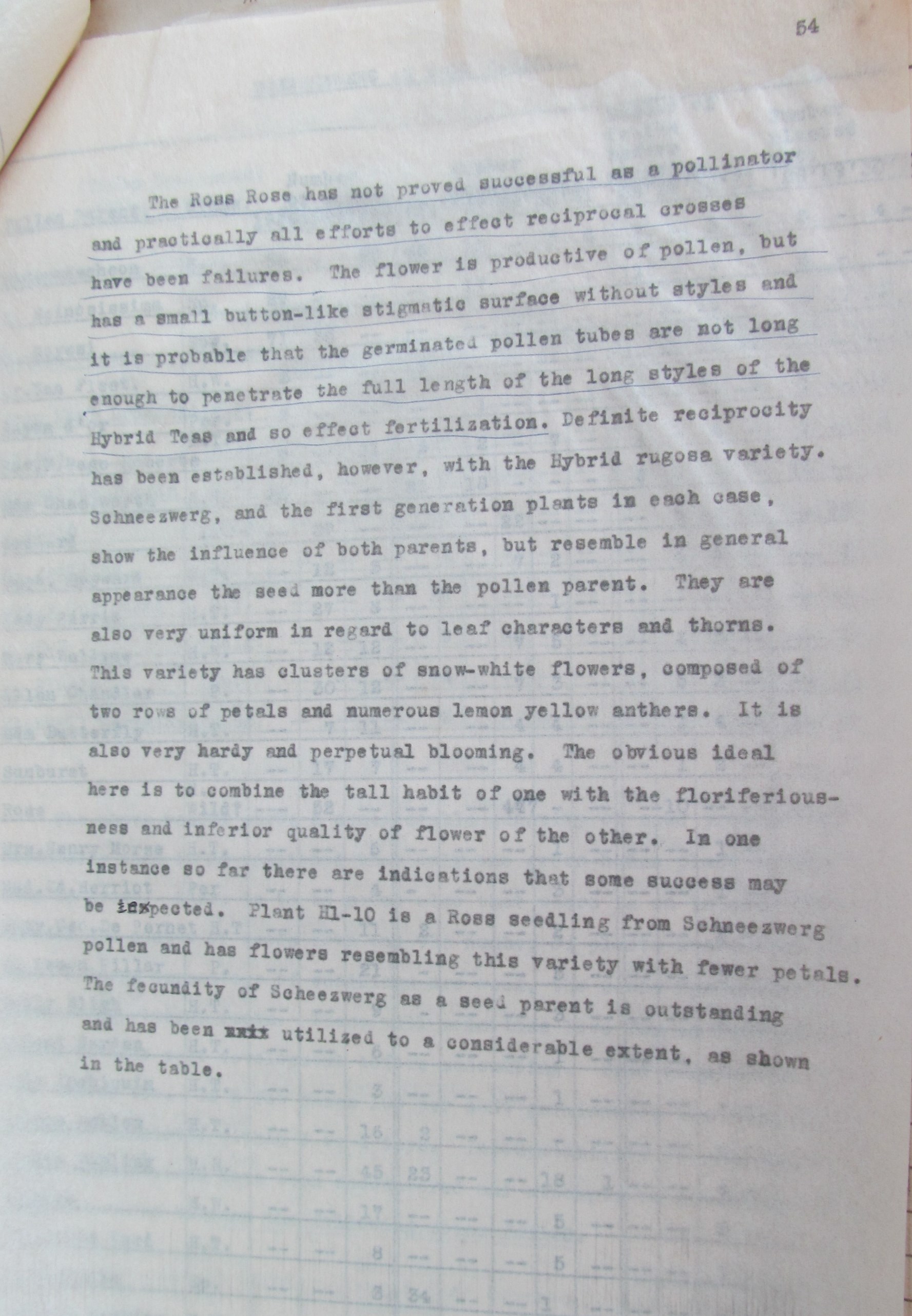I wanted to reply to Paul Olsen’s last entry in the Stanwell Perpetual thread but realized I’d be drifting way off topic. Let me start by pasting in his post here:
Percy Wright’s statement that ‘Ross Rambler’ (Rosa laxa) repeats better than Rosa rugosa is definitely not true. Especially, when compared to ‘Schneezwerg’. He was quite capable of hyperbole when it came to writing about roses he was excited about. For example, his own ‘Hazeldean’ and ‘Ross Rambler’.
In response to Joe’s idea of crossing Rugosas with Rosa laxa, I once had a ‘Hansa’ x Rosa laxa selection. It had semi-double, medium pink flowers. While I only had it for a short time, it didn’t repeat its flowers. But I had it growing in a very warm climate (Zone 8). But perhaps ‘Schneezwerg’ x Rosa laxa would be a better combination to produce progeny having repeat blooming flowers.
In my opinion, the main value Rosa laxa has is developing Climber or Pillar roses for a Zone 3 climate. The evidence likely is its use in the development of the Zone 3 hardy Pillar roses ‘Praire Youth’ and ‘Prairie Dawn’. For this breeding program, I’d like to see Rosa laxa combined with some of the Explorer Rosa kordesii cultivars like ‘William Baffin’ and ‘Henry Kelsey’. And there is also very good potential combining Rosa laxa with Spinosissima cultivars, especially to develop progeny having yellow flowers.
Assuming we can use Ross Rambler and R. laxa interchangably as per the investigative report in the newsletter awhile ago?
My Ross Rambler sets hips with one or two seeds per hip. But every single blossom that I pollinated last year failed. It seems like we’ll have to use it as a pollen parent. The numbered seedlings of Ross Rambler appear to be crosses with a spinosissima, no? I have RR#4, and it definitely seems like a spin hybrid. They were open pollinated, which seems to imply self-sterility.
It would be really cool if we could somehow cross Ross Rambler with Persian Yellow. The other thing I keep thinking is how to reduce or eliminate the thorns. I suppose create a bridge by crossing with a thornless R. blanda. Maybe then double the chromosomes and cross with Commander Gillette? Or cross with a thornless wichurana?
I don’t have Schneezwerg, Paul, but your own Keewatin strikes me as the bloomingest of the rugosas. I haven’t had good luck getting it to take foreign pollen, however. I could put Ross Rambler pollen on Rugosa #3 and get tons of seeds which would allow for testing remontancy of that cross. And also put Ross Rambler pollen on a fertile modern like Yellow Brick Road and test that angle. I’m kinda suspecting there wouldn’t be many truly remontant seedlings in either cross.
I likely will lose interest in Ross Rambler crosses for the same reason that I’m not too interested in Stanwell Perpetual…intensely thorny roses kind of scare me.



